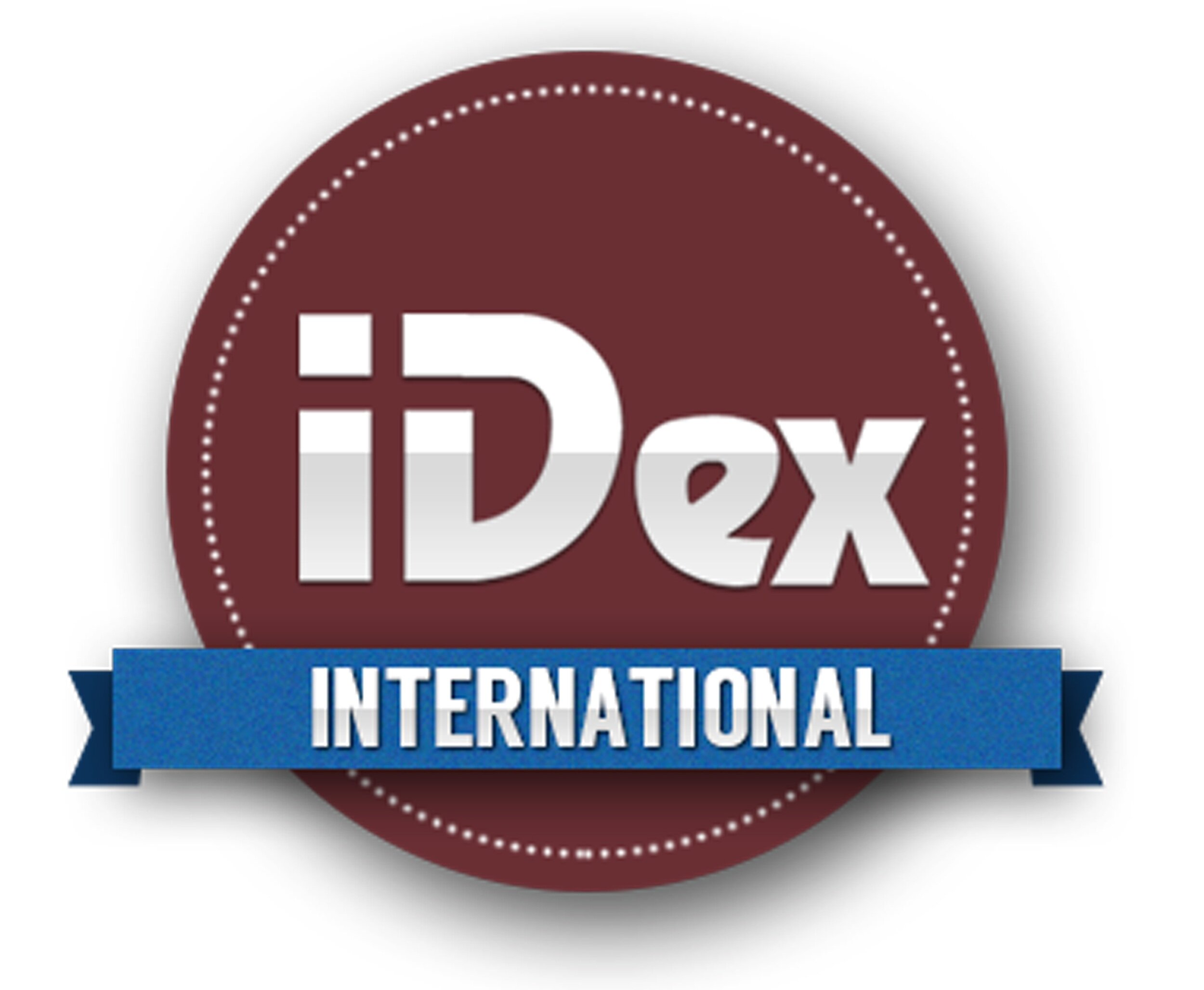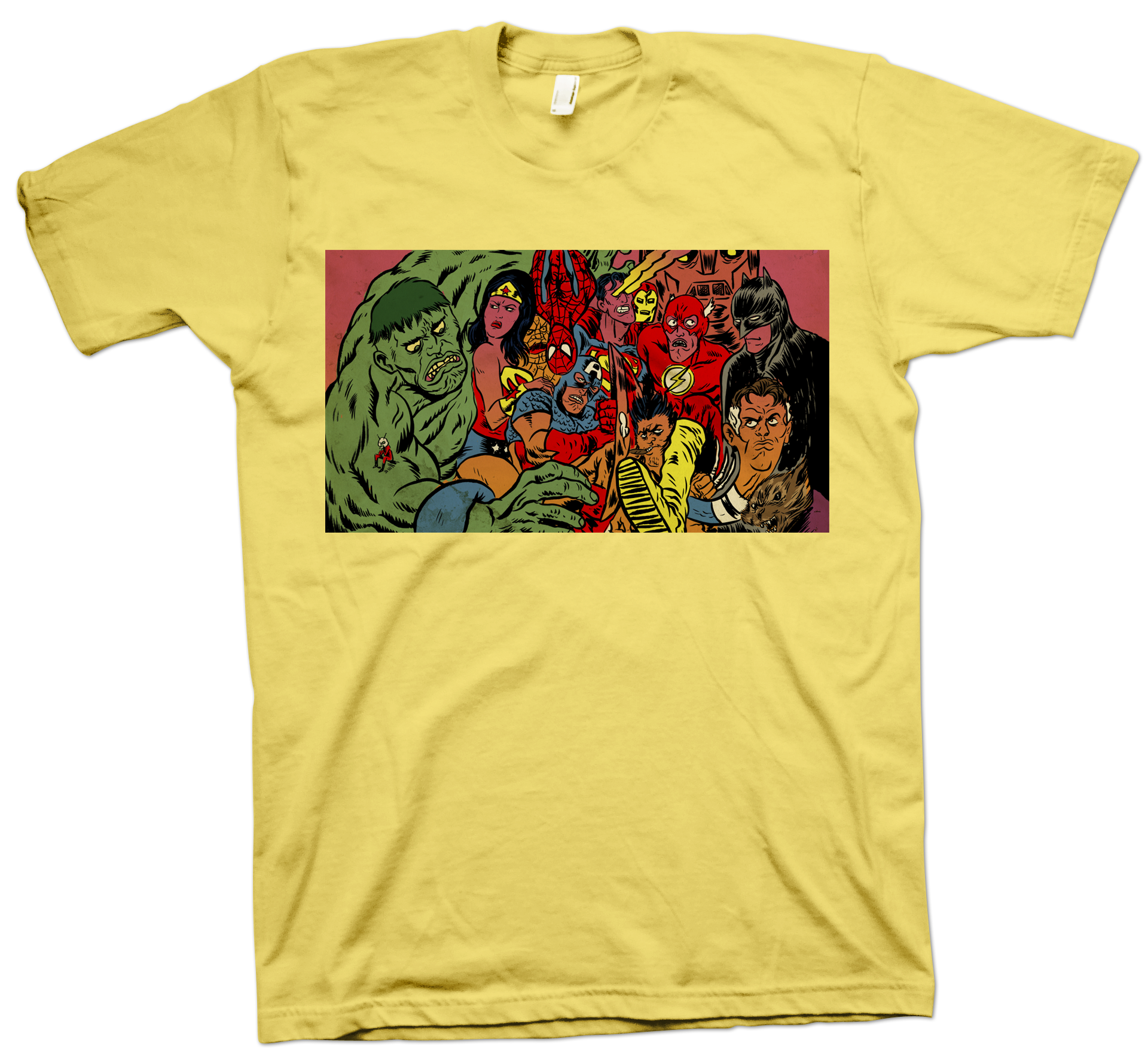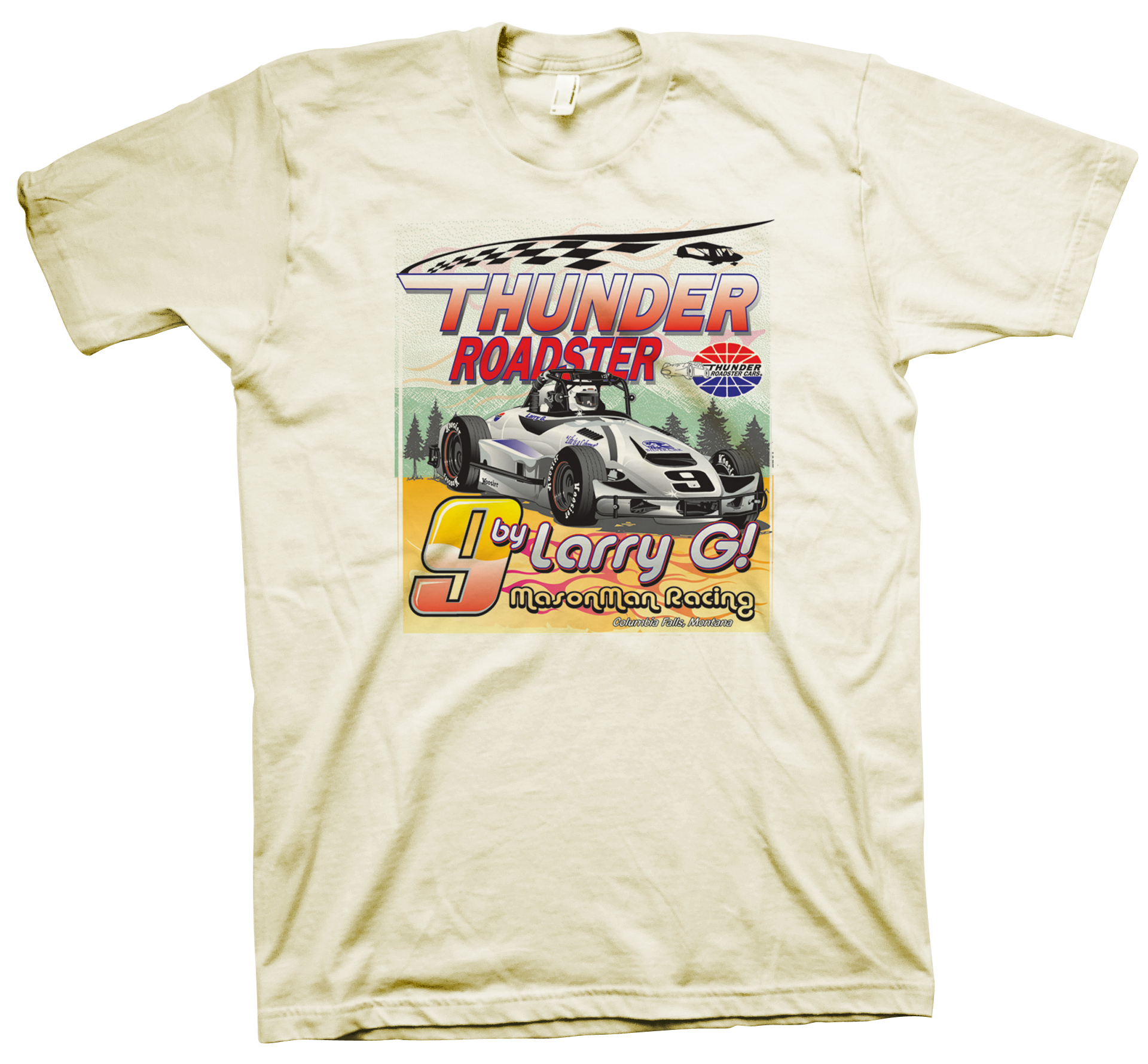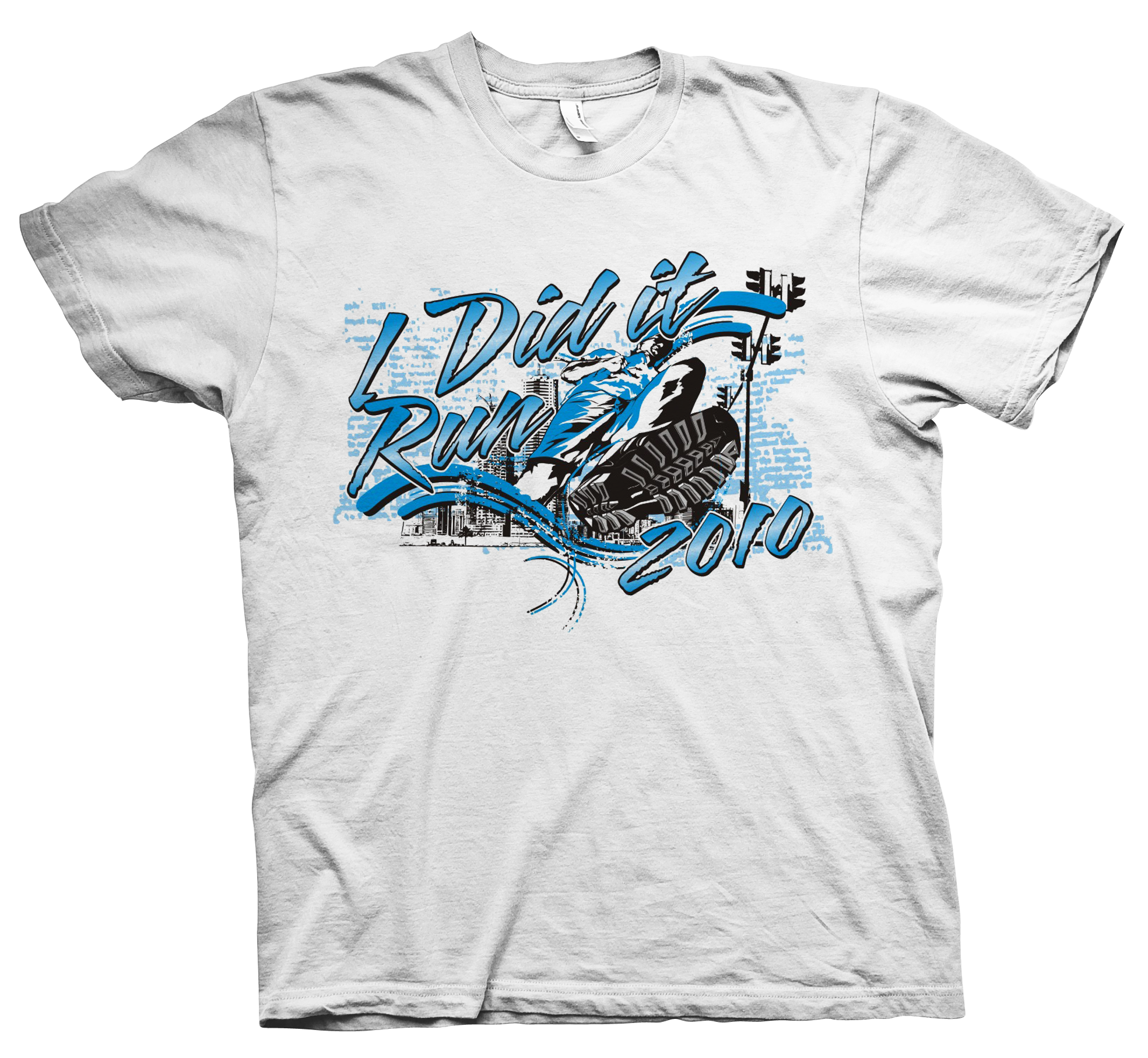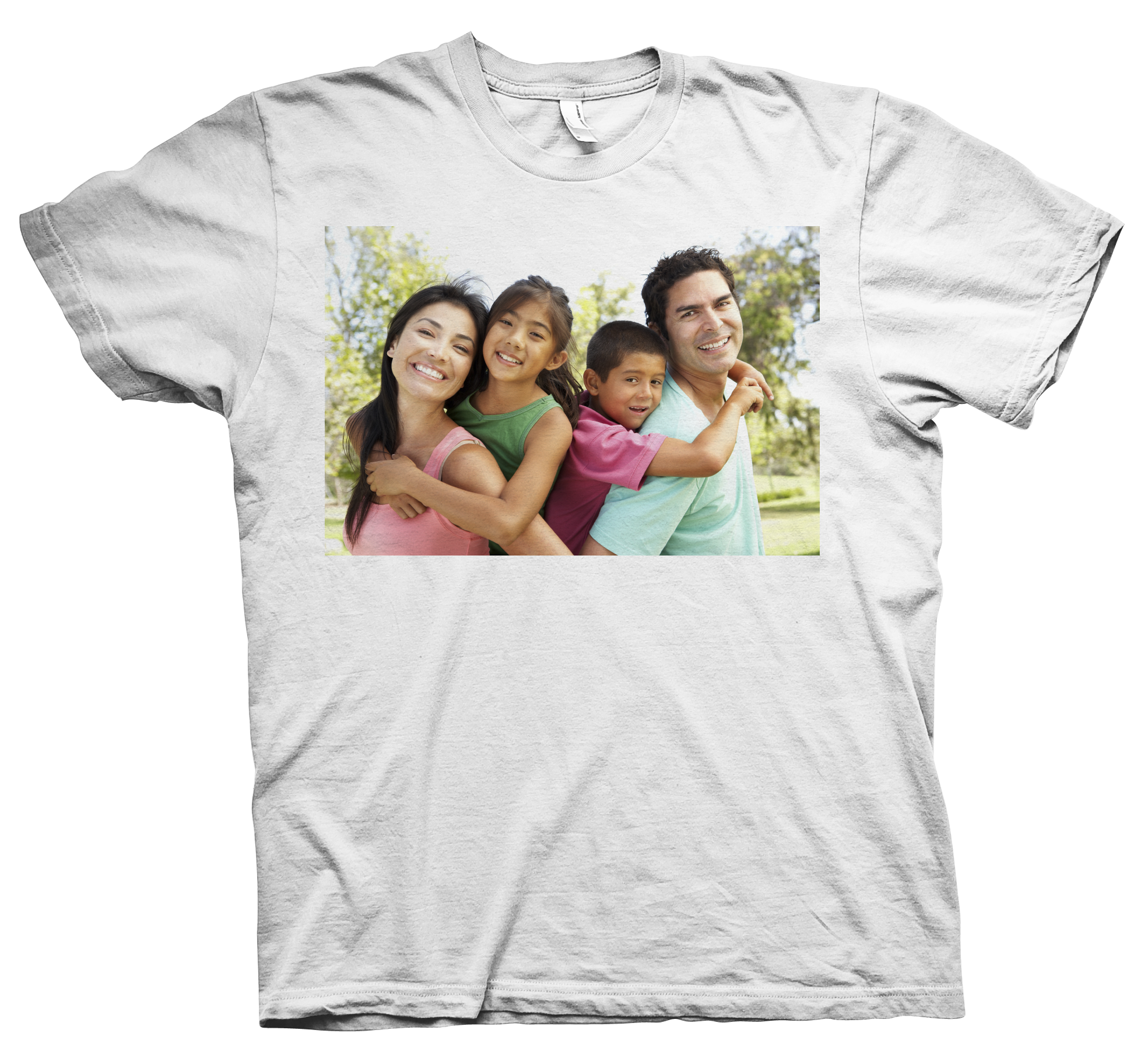WHAT IS DYE SUBLIMATION?
Dye sublimation transfer is a process in which an image is dyed directly into the fabric. In traditional screen printing, an image is rendered in ink that then bonds with the fabric and sits on top of it. Sublimation is different in that it utilizes dyes that actually permeate the fabric, making your image completely and totally permanent.
The dye Sublimation Transfer process starts with a digitally created image that is printed onto specialty paper with specialty dyes. The paper is then placed on top of the material to be dyed and heat-pressed. When heated, the solid particles in the dye transform into a gaseous state, that then bond with the polymers in the polyester technical fabric, reverting back to a solid state as it dyes the fabric.
WHY IS DYE SUBLIMATION BETTER?
In addition to the unlimited use of color in an image at no additional cost, sublimation eliminates any cracking, peeling or fading of your image over time. This process also gives athletes a comfortable advantage by allowing the fabric to breathe and maintain its moisture wicking properties--unlike traditional screen-printed images that clog fabric pores, sealing in heat and sweat, and creating sticky, uncomfortable hot spots.
WHAT DOES A DYE SUBLIMATION IMAGE LOOK LIKE?
The best thing about dye sublimation transfer is the unlimited use of color in your image without any extra charges. Nearly any image is transferable, including digital photography. Because sublimation is a dye and not ink, the base color of the fabric has to be relatively light. Adding a dye to an already colored fabric will change the color of your image to varying degrees. Or, if the shirt is very dark or almost black, it may not be visible at all. Any white in your image will appear as the color of the fabric.
SUBLIMATION EQUIPMENT
1 Mutoh - 64"
2 epson 9880 - 44"
2 epson 9700 - 44"
2 epson 7600 - 24"
2 epson 4880 17"
8 Geo Knight 16x20 presses
2 geo knight small format label/hat presses
Sewing machines: 8 single needle straight stitch machines
2 serger/overlock machines
1 heavy walking foot
1 bar tack
1 blind hemmer
1 triple needle cover stitch
